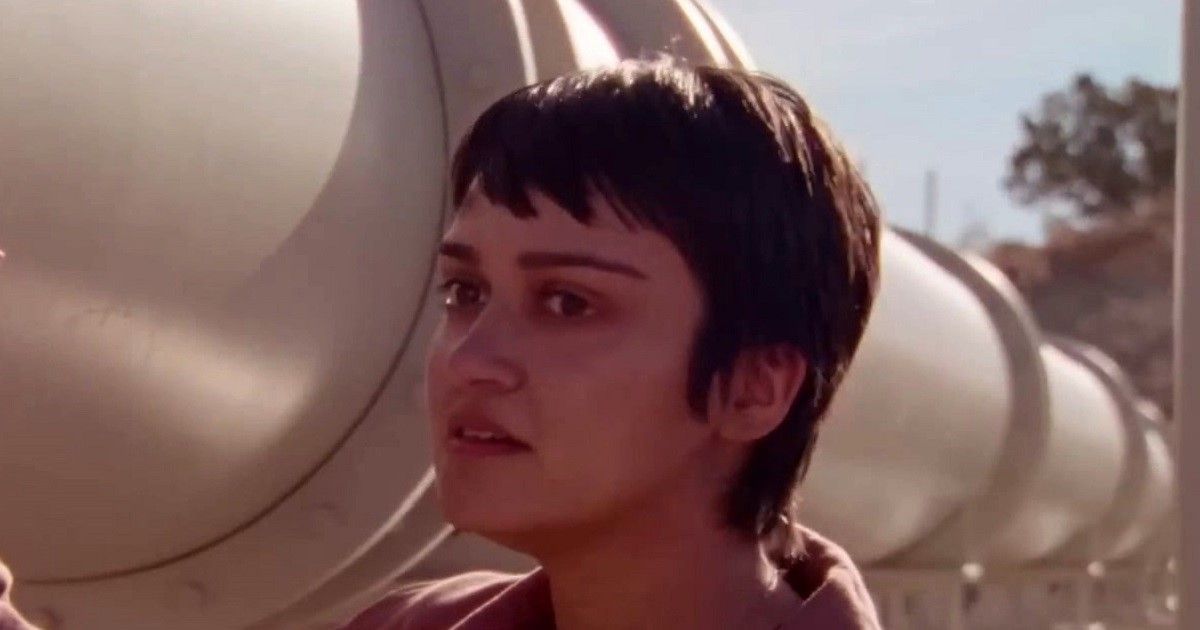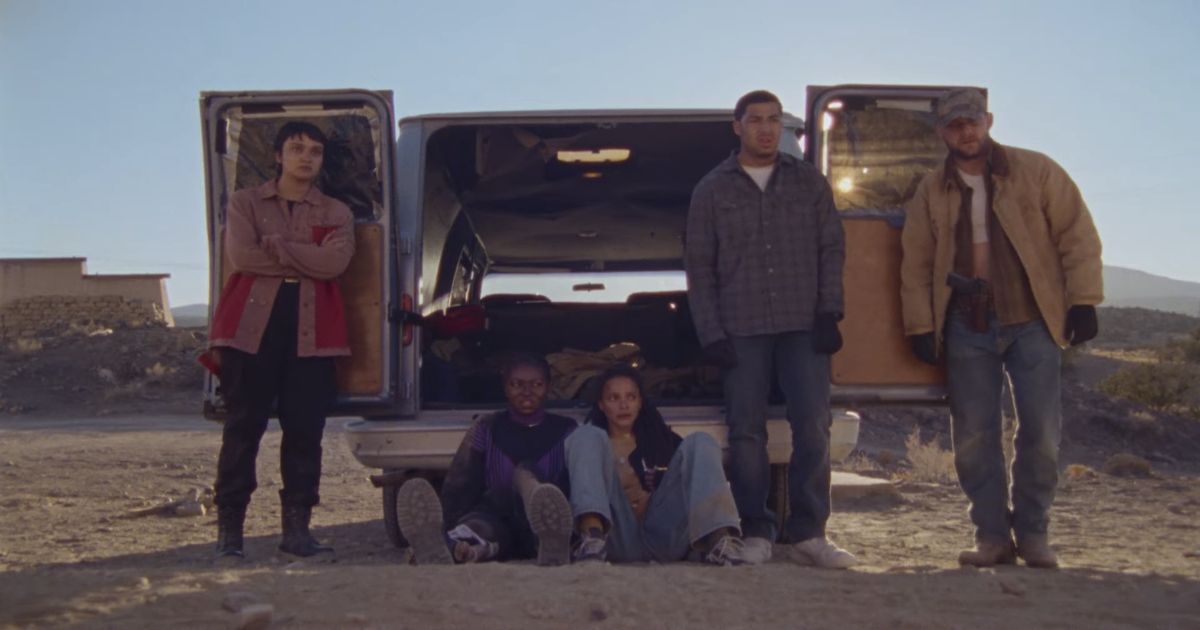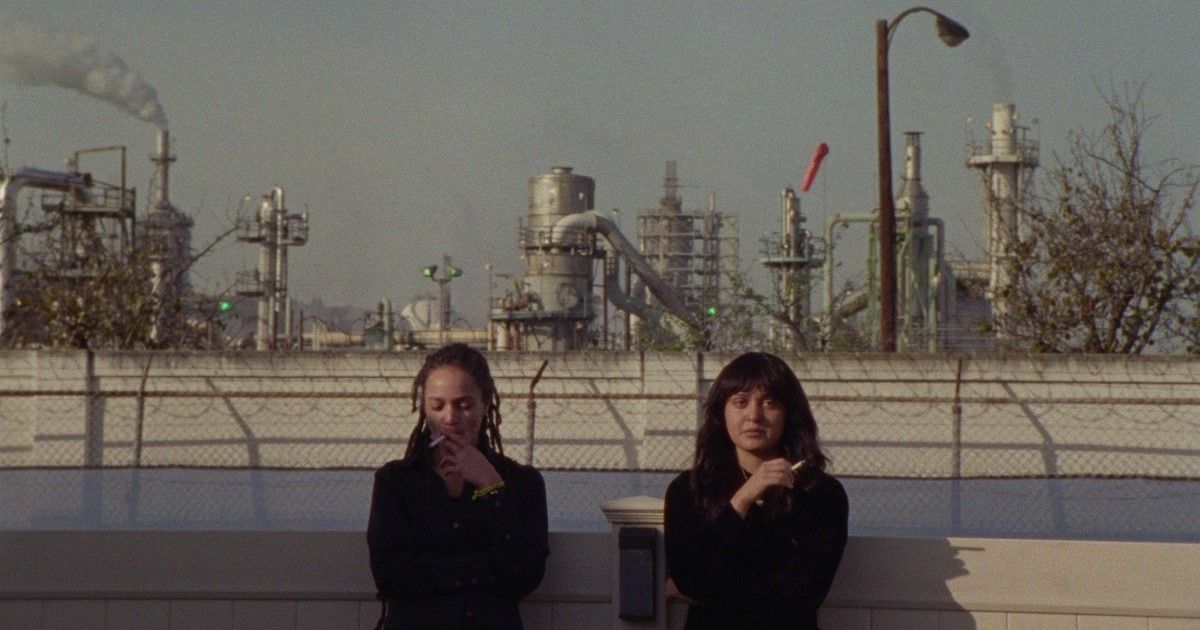How to Blow Up A Pipeline has been garnering critical acclaim. Ever since it premiered at the Toronto International Film Festival in 2022, the film has gathered a great deal of attention. The film is directed by Daniel Goldhaber, who also co-wrote the film alongside Ariela Barer and Jordan Sjol. Barer, best known for her role in television series like One Day At A Time and Marvel's Runaways, not only co-wrote the script but also produced the film and stars in the movie.
The film is an environmentalist thriller that focuses on eight individuals from different backgrounds who join forces to blow up a pipeline in Texas. In addition to Barer, the cast also includes Kristine Froseth (The Society), Lukas Gage (The White Lotus), Forrest Goodluck (Blood Quantum), Sasha Lane (American Honey), Jayme Lawson (The Batman), Marcus Scribner (Grown-ish), and Jake Weary (Animal Kindom). With such a captivating title and topical premise, many have wondered about the origins of the story. Is the movie based on a true story?
It Is Not Based on a True Story
How to Blow Up a Pipeline feels like a movie ripped from the headlines. The title draws to mind many real-world protests around controversial oil pipelines. Despite the title and the topicality of the movie, it is not based on a true story. It is an adaptation, but not in the traditional sense. It is based on a piece of non-fiction, but it is not a true story because the story in the movie is entirely made up for the film. It is an adaptation of a non-fiction book with an original story.
How to Blow Up a Pipeline Is Based on a Book
How to Blow Up a Pipeline is an adaptation of the 2021 book of the same name. The book is a work of non-fiction written by Swedish professor Andreas Malm. The novel is not an instruction manual but is more of an ideological manifesto. In the book, Malm argues that sabotage is a logical form of climate activism and criticizes pacifism. The book is split up into three major parts: "Learning from Past Struggles," "Breaking the Spell," and "Fighting Despair."
"Learning From Past Struggles" deals with the author's past attempts at peaceful climate activism and criticizes those who refuse to partake in the destruction of property, arguing it is a necessary step to achieve social change. "Breaking the Spell" criticizes the ruling class's inability to take climate change seriously and argues the climate movement should sabotage devices that produce CO2 emissions. The final chapter, "Fighting Despair," focuses on what he describes as climate fatalism. The idea that nothing can be done leads to it becoming a self-fulfilling prophecy and that radical action is a positive step forward.
The book was controversial, receiving both high praise and criticism upon publication. Yet one will notice none of this is an actual story, so how can it be adapted into a movie?
How to Blow Up a Pipeline Adapts the Themes of the Book
How to Blow Up a Pipeline is an adaptation of the book, but it is not a straightforward adaptation. Instead of a traditional adaptation that brings the plot of a piece of fiction or non-fiction to the big screen, How to Blow Up a Pipeline takes a different approach. How to Blow Up a Pipeline takes the main arguments of the original works and incorporates them into the film with a wholly original story.
In that respect, How to Blow Up a Pipeline is similar to films like What to Expect When You're Expecting or Think Like a Man. While tonally very different, those two films are also adaptations of non-fiction that are essentially self-help books with no narrative to adapt. The original book and the title are used as a jumping-off point to craft an original story but use elements from the books to inform the themes and characters of the film.
How to Blow Up a Pipeline Works In The Novels Themes
All eight of the main characters who partake in blowing up the pipeline are in some way impacted by the negative effects of climate change. Barer's character Xochitl is the leader of the organization, who is radicalized after her mother dies due to a massive heatwave in Long Beach, California. While Xochitl was part of a climate change initiative in college, she begins to grow frustrated with the lack of meaningful progress very similar to the author of the original book.
Xochitl's best friend Theo (Sasha Lane) is diagnosed with leukemia due to growing up so close to so many refineries and being exposed to toxic chemicals. Theo goes along with Xochitl's plan to blow up a pipeline against her girlfriend Alisha's (Jayme Lawson) wishes. Alisha represents the point of view of a person who recognizes the need for radical change but also the impacts the immediate actions will have on those the movement is trying to help. The movie still comes down to the need for radical revolution to make a real change, but the film does pay attention to the fact that there will be repercussions.
It also digs deep into the idea of various political and social backgrounds coming together for a common good. Dwayne (Jake Weary) appears like a typical all-American conservative stereotype, and he even served in the military. He is drawn into this radical lifestyle when the government forcibly takes property that has been in his family for generations to build a pipeline, one he is hesitant to have because of the threat it poses to his wife and kids.
This draws his story very similar to Michael (Forrest Goodluck), a teenager from a Native American tribe who is tired of seeing the land of his people exploited and that his older relatives do not seem to care. These two feel like they should be on opposing ends of a political spectrum but are united in a common enemy that they hope to bring down. The movie ends with a video of a destroyed pipeline as Xotchitl's manifesto is uploaded online. The movie, like the characters in the film and the novel it is based on, is making a call to action.





